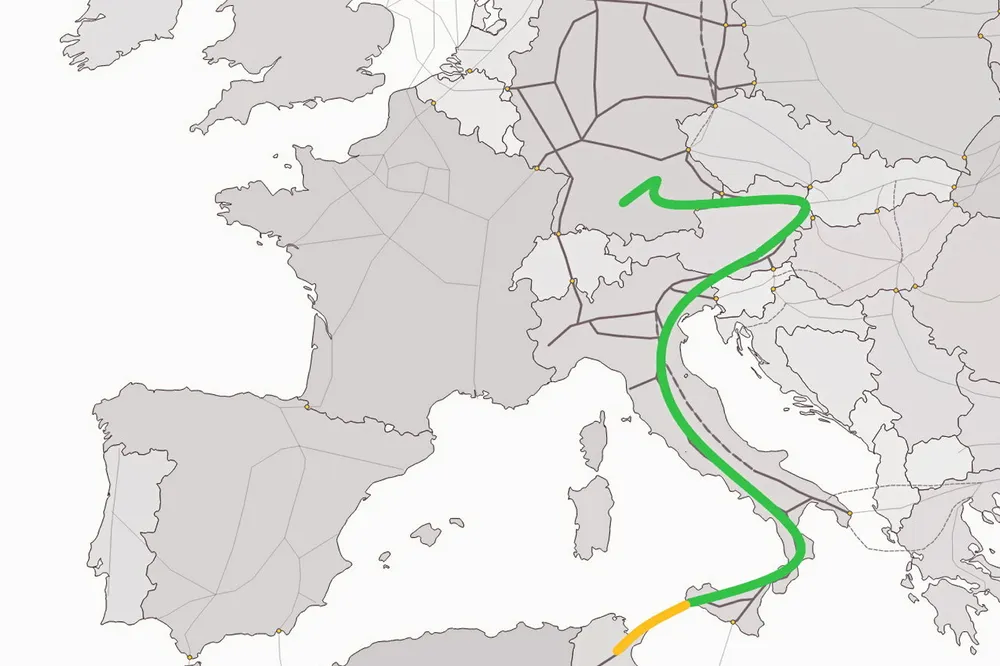Germany and Italy plan to build hydrogen-ready gas pipeline, potentially allowing imports from North Africa
The pipe — part of Europe’s attempts to wean itself off Russian gas — would initially transport methane, before later being switched to H2

The pipe — part of Europe’s attempts to wean itself off Russian gas — would initially transport methane, before later being switched to H2
